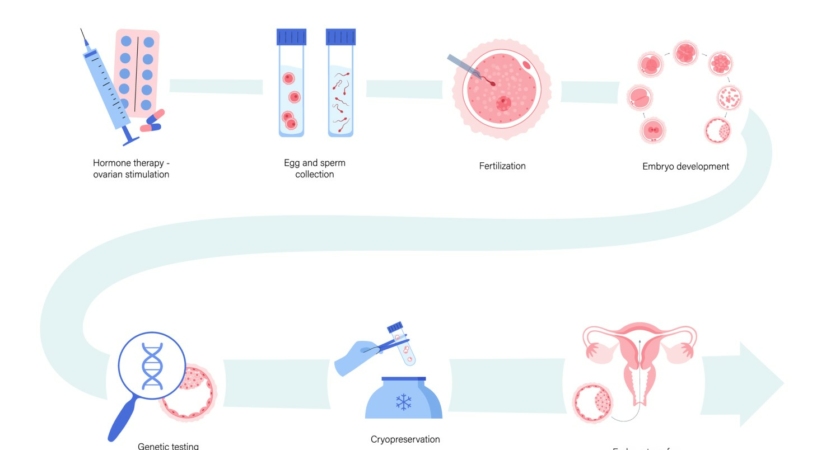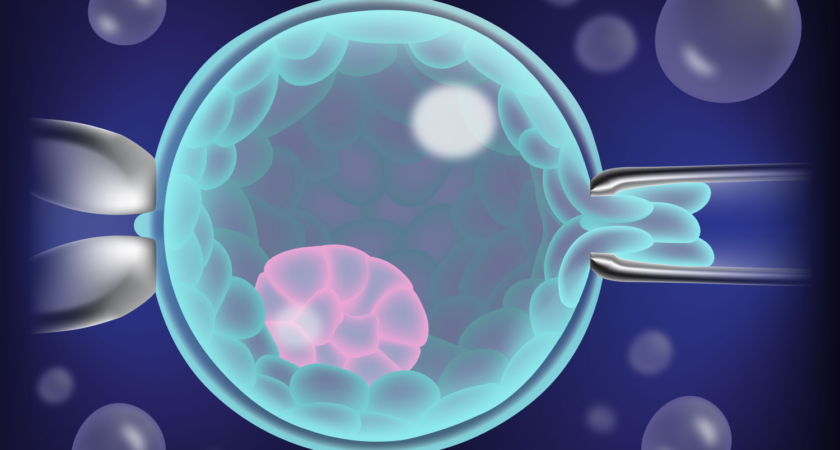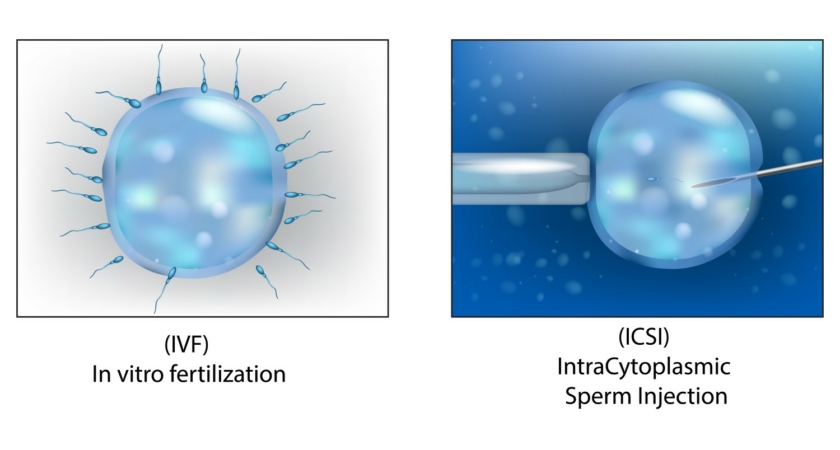The IVF method of egg donation is a legal procedure in Greece that has been applied for years as it enables women with ovarian dysfunction and genetic material of poor quality, to become biological mothers. Thanks to the young quality of genetic material that is utilised, oocyte (egg) donation in these cases, shoots up the…

Excess embryos are now cryopreserved by the fast-freezing method named vitrification, which provides excellent survival rates compared to the slow-freezing method previously used.

For preimplantation diagnosis to happen, the patient undergoes IVF cycle, embryos are produced and either at the stage of 8 cells (3rd day) or at the stage of blastocyst (5th day) the embryos are biopsied. During biopsy, some cells are removed from the embryos and are sent for genetic analysis. In order to make the…

Classic insemination was applied in all cases of infertility until the early 90's when micro fertilisation was discovered. The process is very simple. Under aseptic conditions thousands of mobile spermatozoa are deposited around the egg and after 24 hours incubation we observe if the egg has been successfully fertilised. The advantage of this technique is…
The golden protocol for IVF is the long one. This protocol is divided into three phases
Phase of suppression with GnRH analogues. This phase is starting from the luteal phase of the previous cycle (usually on the 21st or 22nd day of a 28-day cycle) and lasts for about 10-14 days.
Stimulation phase with gonadotropins…
The short or flare-up protocol is used in those cases where the long one yielded only a few eggs or when for technical reasons concerning the patient the protocol should be short. In these cases the suppression starts from the second day of the cycle and the stimulation one day later. Ultrasound and biochemical testing…

